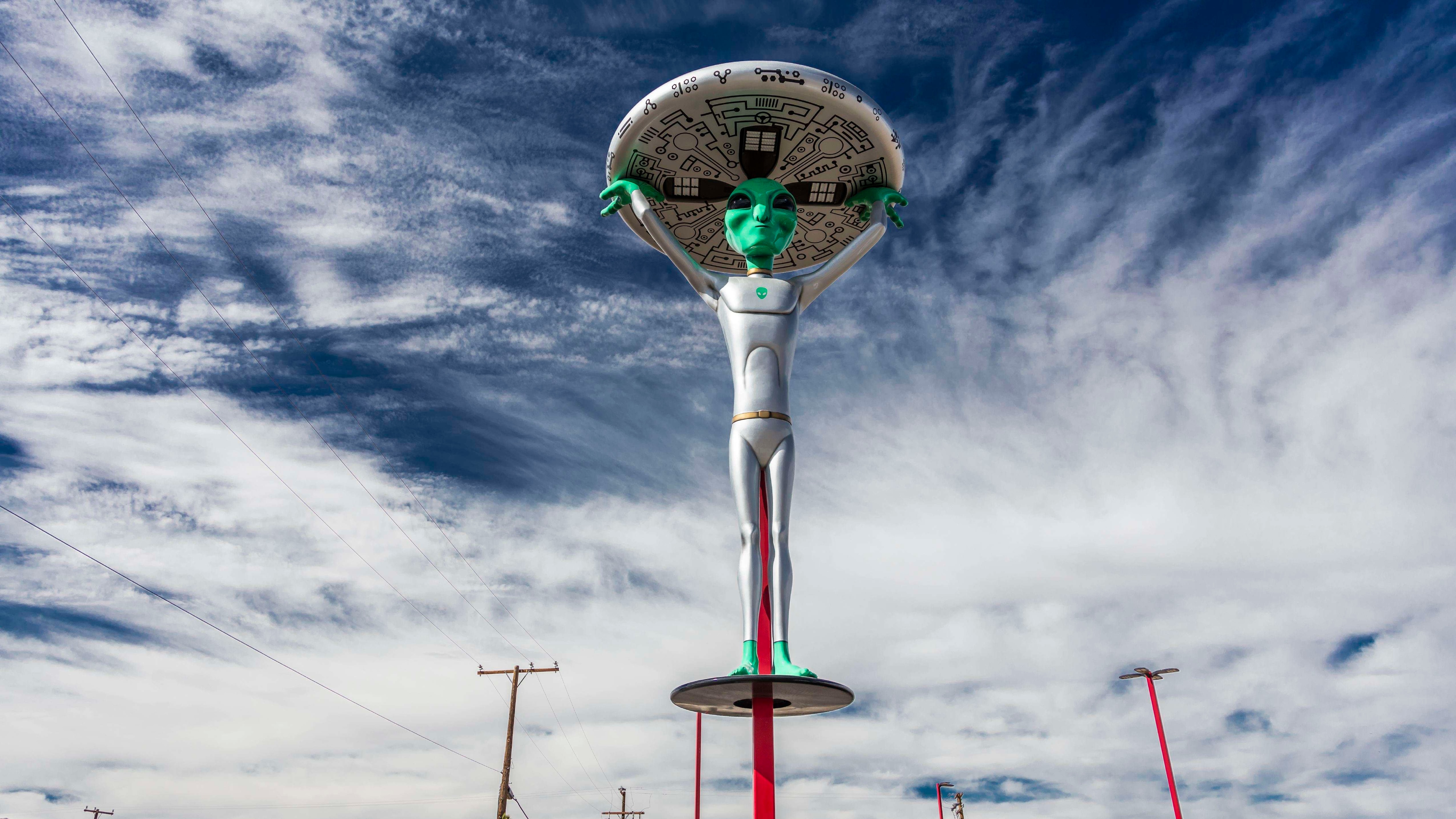Create a free profile to get unlimited access to exclusive videos, sweepstakes, and more!
U.S. government's UFO report is out now, but sorry, it won't validate your alien theories

Earlier in the year, there were rumblings of unidentified flying objects in the skies above. Some UFO reports have gone international, but for those pertaining to the United States, the Office of the U.S. Director of National Intelligence (ODNI) just released its long-awaited report detailing the government's stance on the potential threat of such “unexplained aerial phenomena” (UAP). Alas, those hoping for confirmation of life among the stars will be disappointed.
At nine pages, the ODNI's report covers nearly 150 supposed sightings beginning in 2004 and ending in 2021. The results within find everything to be "largely inconclusive." It's not even clear how much of a threat the UAP pose, even though the opening of the report labels them as such. While they certainly pose a danger to flying and perhaps to national security, nothing currently suggests work by another government or a potential technological adversary. Still, ODNI will continue monitoring for evidence.
The report's analysis entailed only UAP witnessed by either military hardware or systems deemed reliable. Most of the sightings came from the last two years, when the reporting mechanism started becoming "better known to the aviation community."
Five categories were created by the government to better classify the phenomena: clutter, natural atmospheric phenomena, U.S. industry developmental programs, foreign adversary systems, and "other." But even with these distinct categorizations, results weren't easy to come by.
At one point, one of the UAP turned out to be nothing more than a large weather balloon. "A large, deflating balloon," as the report put it. In other instances, it was evident that technology was at work. "Some UAP appeared to move at considerable speed, without discernible means of propulsion."
Radio-frequency energy was also processed during some of these sightings, albeit only for a few of them. Still, maybe there's something out there that's yet to be detected, and that's what ODNI wants to find out with more research and funding. As detailed in page six of the report, the UAP Task Force (UAPTF) has the long term plan of "widening the scope of its work to include additional UAP events documented by a broader swath of USG personnel and technical systems in its analysis."
Currently, they plan is to do this using artificial intelligence and machine learning that can "add efficiency by pre-assessing UAP reports to see if those records match similar events already in the database." The Task Force also plans on increasing collection of UAP cluster areas outside of government presence to create a baseline standard for UAP activity and mitigate collection bias, preferably by updating the collection strategy and adapting tactics and platforms from the Department of Defense and the Intelligence Community.
So, no aliens this time, sadly. But the technology used by the UAP certainly warrants further study.


























